The power resides in its skin
Lamborghini is famous for its full-throated, powerful gasoline engines. But this Italian maker of super sports cars wants to be ready for a future that will be electric. Lamborghini engineers teamed up with researchers at the Massachusetts Institute of Technology, to develop the concept car Terzo Millennio, an all-electric super sports car that runs entirely without batteries.

Maurizio Reggiani (61), Chief Technology Officer (CTO) at Automobili Lamborghini S.p.A., is happy: After the monthlong shut-down because of the Covid-19, operations have slowly resumed at this Italian sports car manufacturer. «We never fully stopped working, since Design and technical planning can be done in the home office», Reggiani explains to me early in June, as I virtually «visit» his office in Sant’Agata Bolognese – across a safe distance of 6340 kilometers. «But our engineers need to run actual tests, too, and those can’t be done remotely». Now that the test tracks have reopened, one of the first models to put through the wringer here is the Sián – a limited-edition special model, which was first presented at the 2019 International Motor Show IAA in Frankfurt. Only 63 units will eventually be built, but they all have been sold already, despite the starting price of nearly two and a half million Euros. The Sián (the name means «lightning» in the local vernacular) will be the fastest, and thanks to its 6.5-Liter V12 engine, the most powerful Lamborghini ever built: 819 hp give it a top speed of over 350 kph.
An engine that sounds like an orchestra
It is not the high-performance aspirated engine (Lamborghini drivers scoff at turbochargers) with its full-throated sound that makes the Sián special to Reggiani and his team. It is a quietly whirring electric motor, with merely 34 hp, making the Sián the first super sports car with the famous golden bull logo to run on hybrid power. The primary purpose of this electric motor, which is integrated into the gearbox, is not to save fuel or reduce environmental impact, but to create a more comfortable driving experience. To reduce overall weight, the design team ditched the dual-clutch system, which is standard in such high-powered cars and serves to eliminate the «torque hole» during the upshift. The Sián’s electric motor takes over to bridge this gap in traction when the clutch disengages. This 48 Volt motor also assists during the «kick-down» when accelerating in high gear (the Sián transmission has a total of seven gears), which increases the performance and flexibility of the drive train. «To our customers, it was immediately conceivable what it means to no longer being rocked forward when they shift gears» says Reggiani, and acts out this body motion in his office chair that was built from a bucket seat for a racing car.

But even this increase in driving comfort is a somewhat unintentional, but welcome side effect: «The Sián was designed as proof of concept for the application of supercapacitors in super sports cars», explains Reggiani. Supercapacitors, or Supercaps for short, do not store electrical energy chemically, like conventional batteries, but rather as a static charge. Supercaps come with several advantages: They can discharge the stored energy much faster than batteries, which is paramount for high RPM performance engines, and do so without generating heat, the latter being a problem that is all too familiar to Tesla drivers and owners of Samsung Galaxy smartphones. Their ratio of weight to power exceeds batteries by a factor of three. Thanks to Supercap technology, the entire electric drive system in the Sián weighs a mere 34 kilograms, giving it a weight-to-power ratio of one kilogram per horsepower: «Even our best-performing gasoline engines have a weight-to-power ratio of 1.6», Reggiani admits.
The power resides in the body
And that is only the beginning: In the future, Supercaps will improve performance by a factor of three over the current best-performing technologies. To get there, Lamborghini secured some help from the Massachusetts Institute of Technology near Boston (USA). In November 2017, Reggiani and other Lamborghini top executives came to the MIT campus to launch the joint project Terzo MIllennio – a concept sportscar with an entirely electric powertrain, which will run without any batteries and uses the body to store the energy. Two MIT research groups have been established to accomplish this. One, led by Professor Mircea Dincă in the Department of Chemistry, will develop a new kind of material that stores energy at capacities that will outperform existing Supercaps by more than a hundred percent. The second team was put together by Professor A. John Hart in the Department of Mechanical Engineering and works on methods to incorporate these novel energy storage materials directly into the carbon fibre skin of the car body. Lamborghini has projected four years for this joint project.
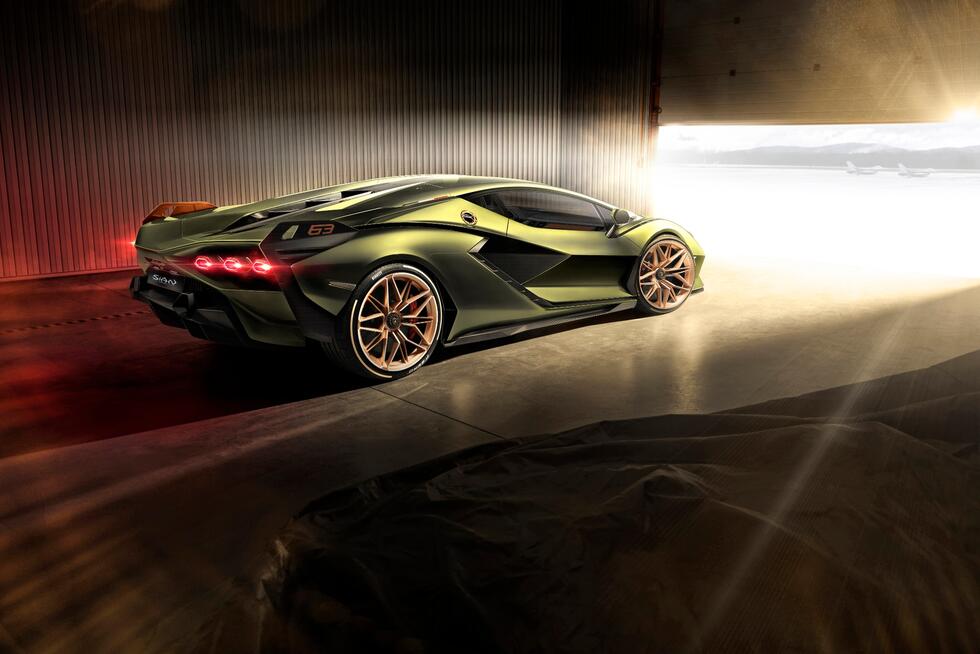
In the future, Supercaps will improve performance by a factor of three over the current best-performing technologies
Dincă ’s team focuses its research on so-called «metal-organic frameworks» (MOF) – a new type of compound materials made from metal atoms like Zinc, and organic carbon compounds. These MOFs have the unique property of forming extremely porous nanoparticles, which gives them an enormous surface compared to their mass. The nanobubbles in a single gram of this material create a combined surface area of 4500 square meters – 1.6 grams of this material would have the same surface area as the football pitch in London’s famous Wembley Stadium. And the surface area is what matters most in capacitors.
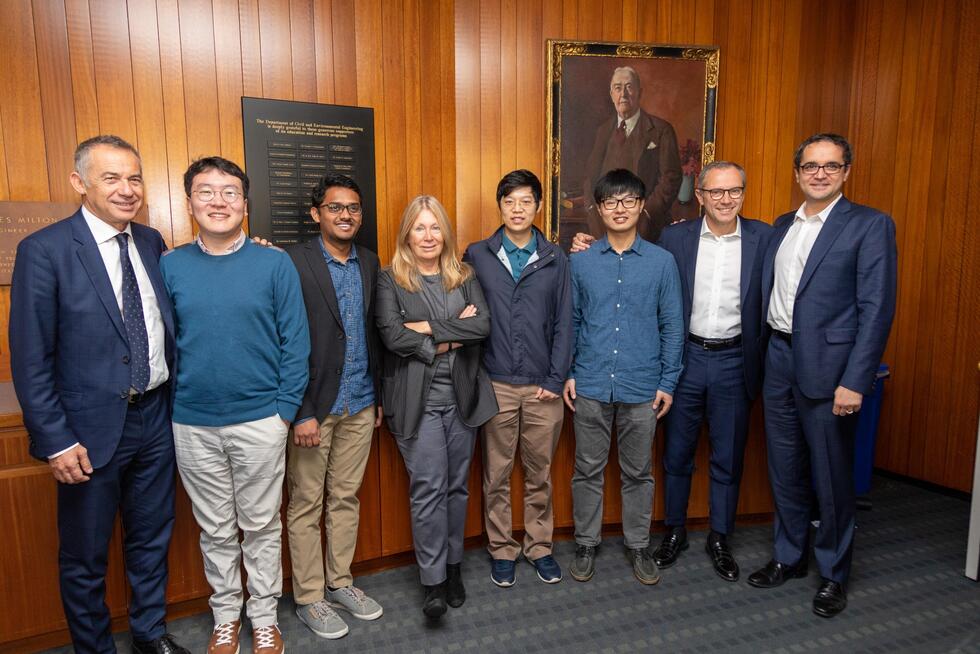
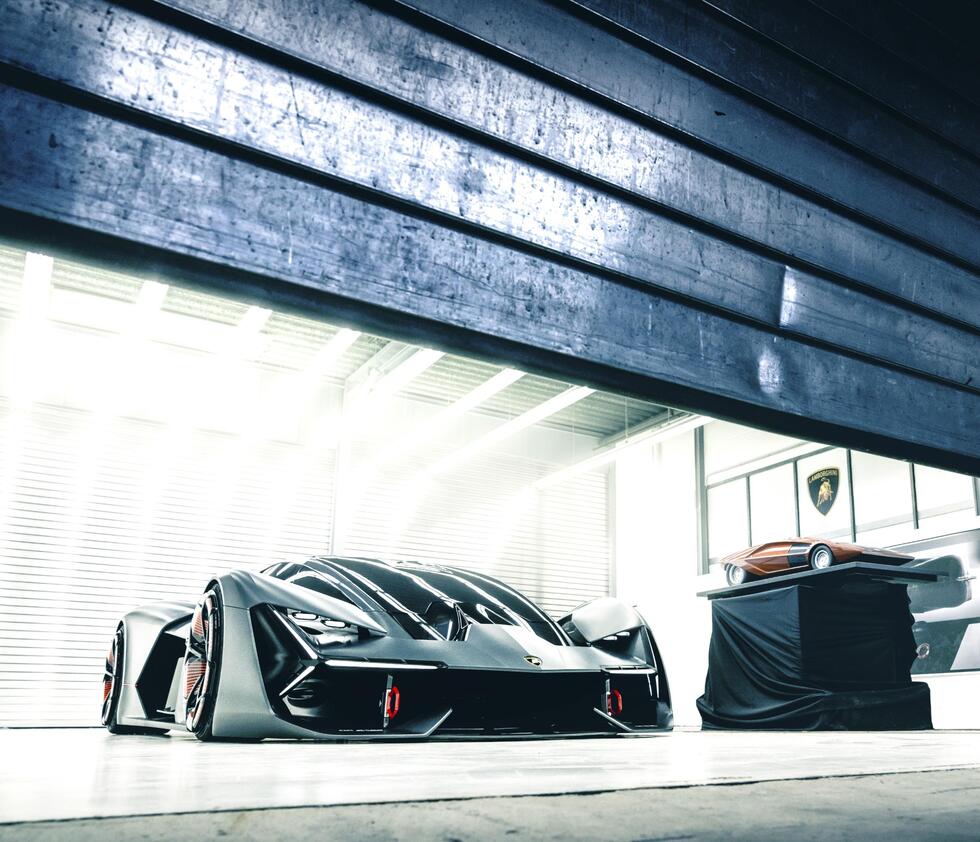
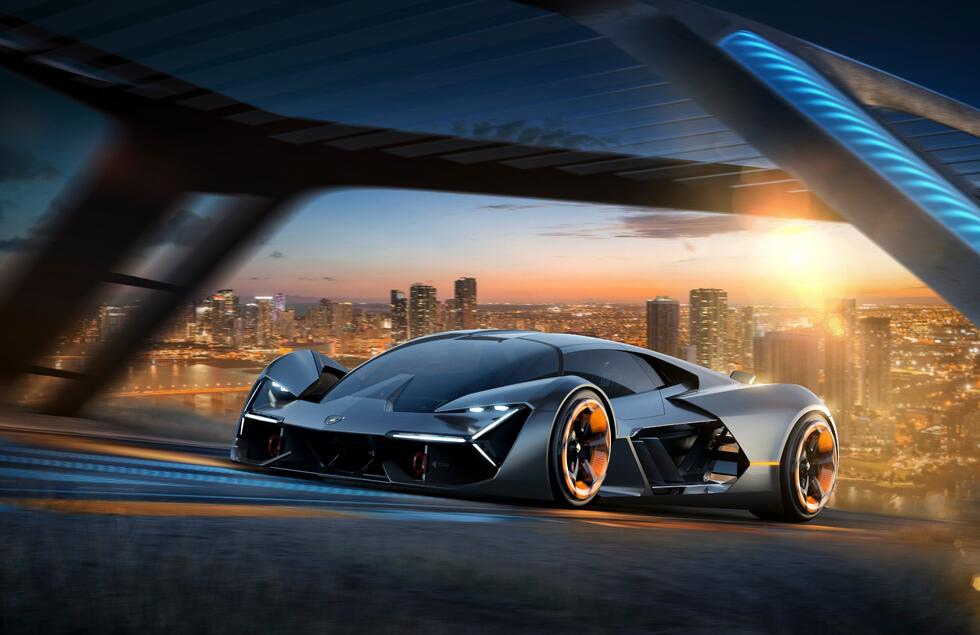

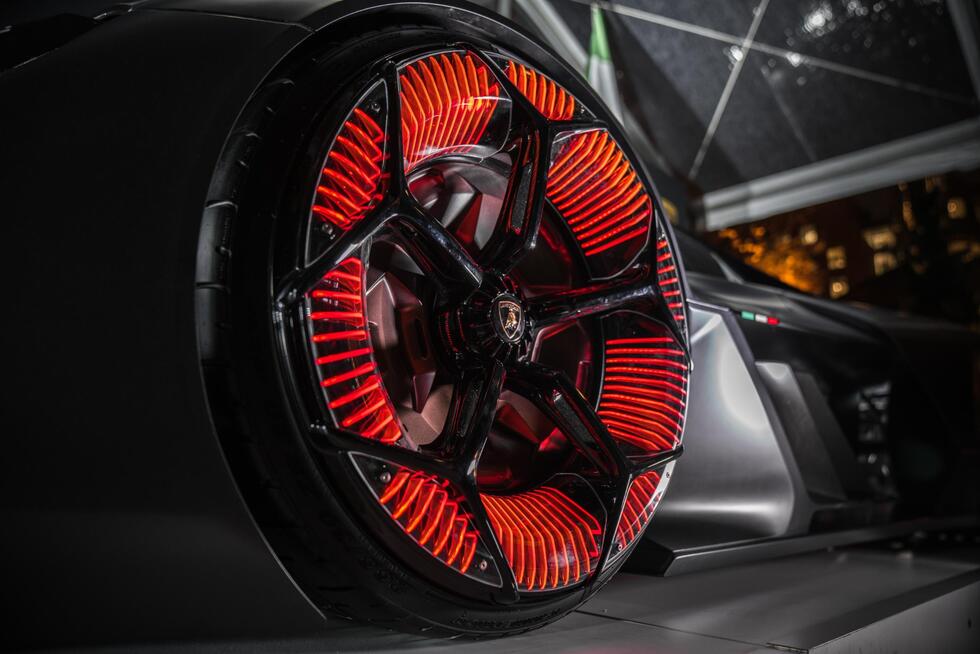

There was just one hitch: MOFs are typically not conductive, and that would rule them out as materials for capacitors. But when I first visited Dincă, several months ago, he was really confident that he could find a solution to this problem. Apparently he succeeded faster than everybody expected: When the project was launched, Reggiani was not sure if it was a pipe dream, or just plain crazy, as he admitted to me in our recent conversation: «What Professor Dincă was able to accomplish in such a short time… just, wow!» Last November, merely two years into the project, Dincă, and Lamborghini researchers jointly filed their first patent application. Still, neither side was very forthcoming with details, as «a matter of protecting our intellectual property», explains.
Professor Hart, a specialist in nanotube technology and industrial 3D printing, also plays his cards close to the chest. His task, as Reggiani describes it, is far more complex. Hart’s team not only has to do some basic research for integrating these nanoparticles into carbon compound materials while preserving their electrical properties; they also need to find ways to scale up this process and take it from a lab experiment to the factory floor. When I met Hart at MIT some time ago, he described it as «basic research, rather than something that we already know how to do».
In Hart’s own words, he needs to «fabricate structured battery electrodes that can be integrated in the body of the vehicle, while providing some degree of mechanical function». He needs to develop a material with similar structural strength as existing compound materials in body construction, that can store enough electrical energy to power the car. He has some ideas, he says, but won’t share them with me: «I’ll save that for our patent application». But the general concept seems to be self-evident, with MOF nanoparticles being «stiffed» into carbon nanotubes, and those nanotubes taking on the role of electrodes. Creating such material on a millimeter-scale might already seem ambitious – before even thinking about industrial applications, Hart’s team must breach the centimeter scale for these materials.
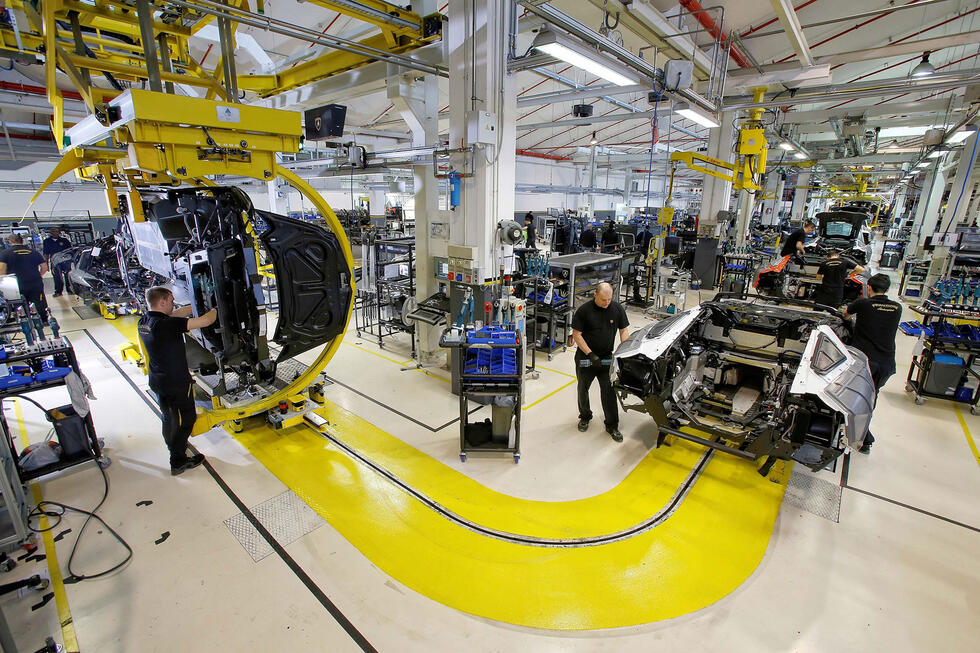
Moving faster than expected
Reggiani is very optimistic, nevertheless: «You will be surprised by what Professor Hart will have to show», the Lamborghini CTO assures me. At any rate, the Project Terzo Millennio (which includes an electric wheel hub motor that will be developed by a team at California’s Stanford University) «proceeds faster than we expected». He sees it as a long-term project: «We called it ‘Third Millennium’ for a reason». It will be at least another decade before Lamborghini expects to have a prototype of the Terzo Millennio street-ready; the main point of the project is to advance technological solutions like the supercap, which will be integrated into upcoming hybrid models. «Our next generation of super sports cars will be hybrid», promises Reggiani.
We called it ‘Third Millennium’ for a reason
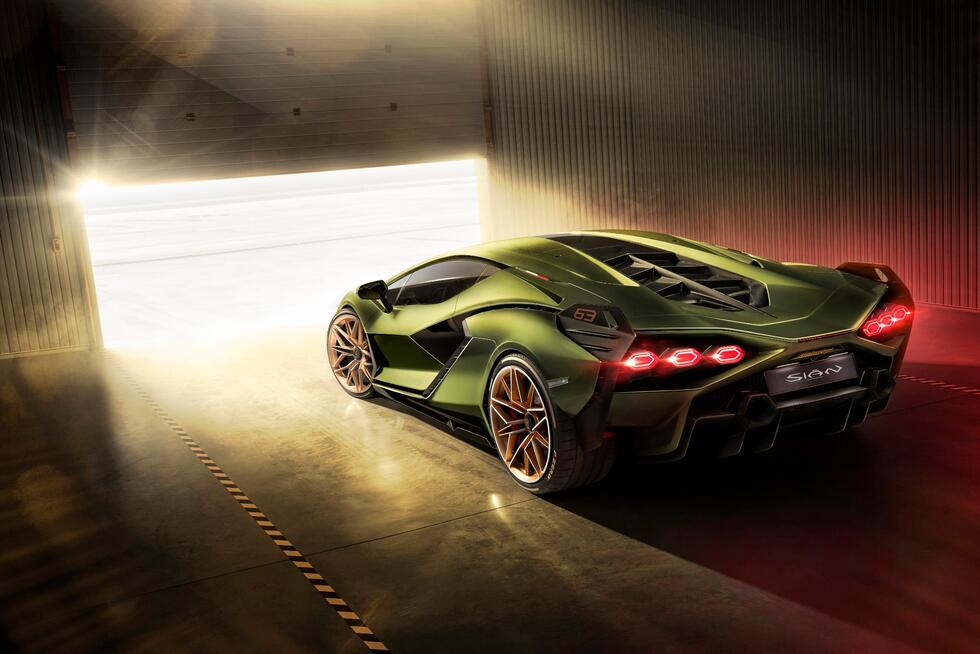

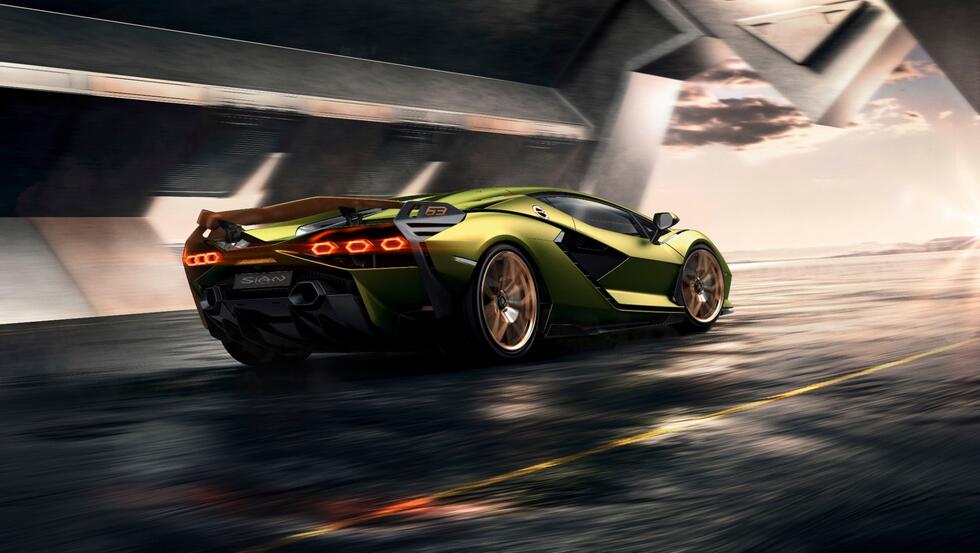

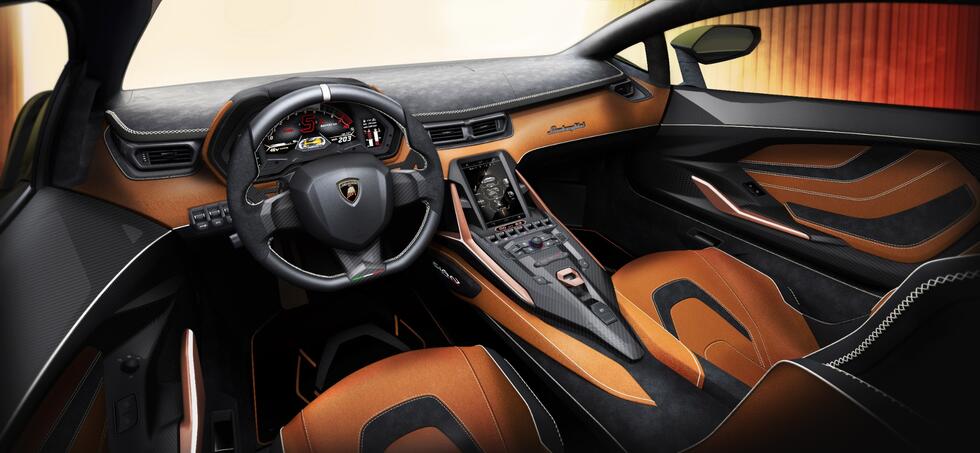
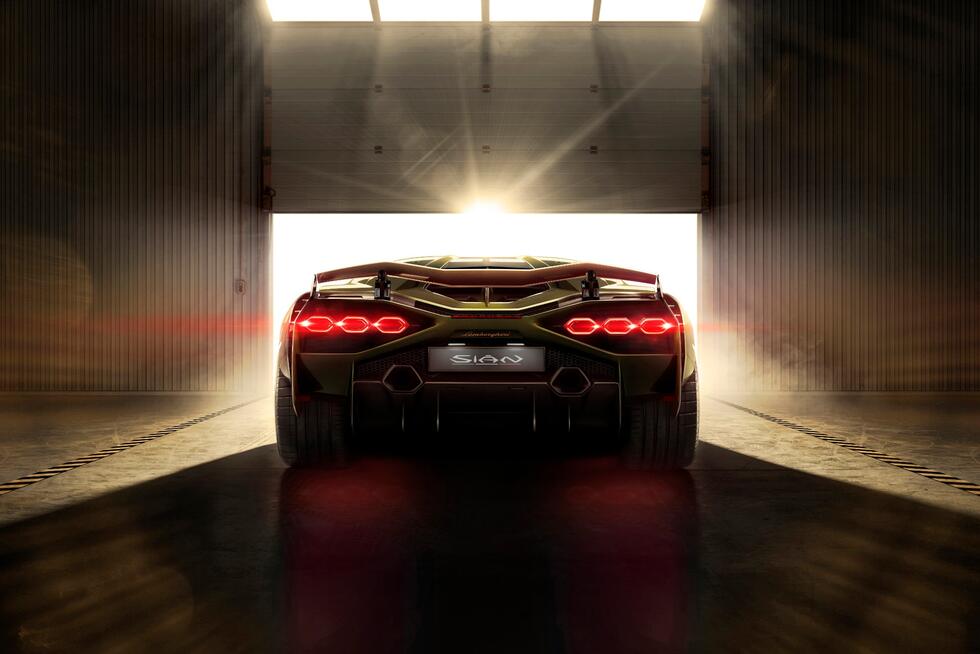

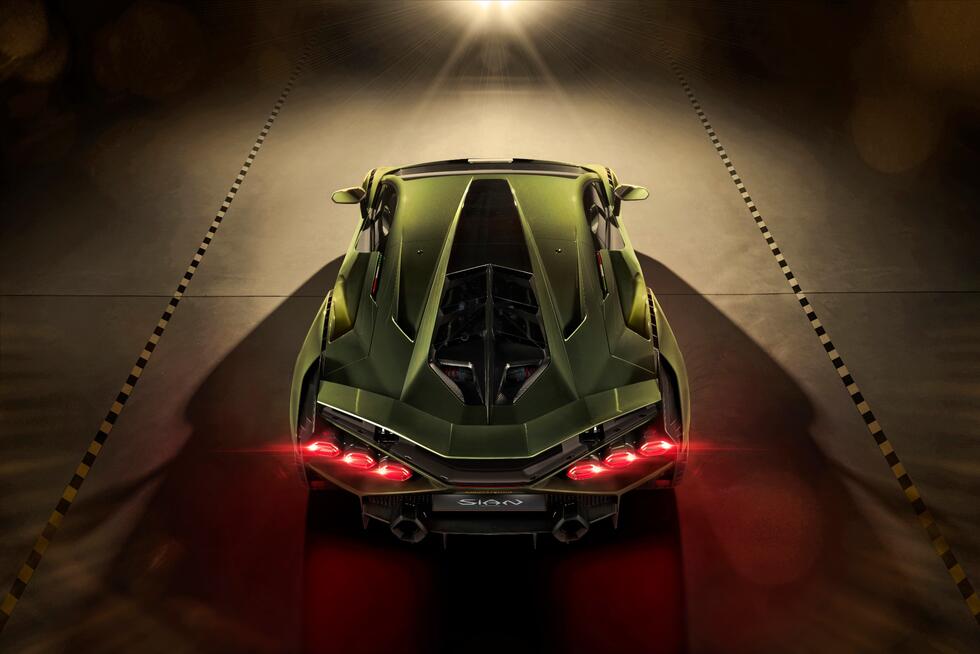
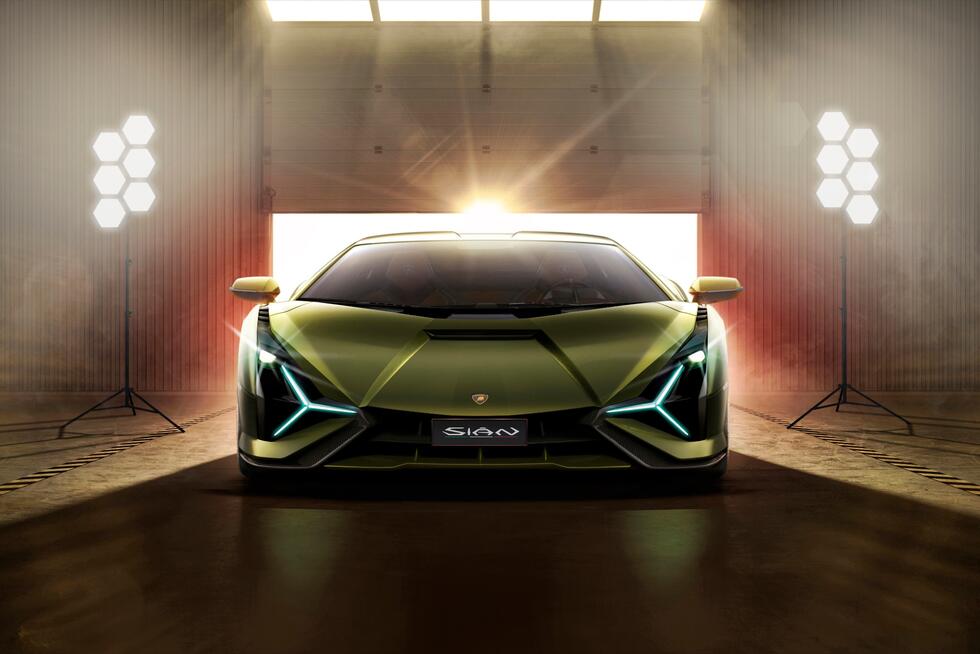
Reggiani wants to hold on to the V12 internal combustion engine for a long time: «Unless a law prevents us, the V12 will power Lamborghinis 30 years from now». After all, Reggiani explains, people don’t buy a Lamborghini to drive from A to B, Lamborghini owners value the driving experience, the adrenaline rush: «an explosion of adrenaline», as Reggiani describes it. For him, the V12 engine with its unique sound and performance is the perfect power plant for that – but the Terzo Millennio is Lamborghini’s «Plan B», just in case that the gasoline-guzzling super-engine will be banned from the streets. But in that case, what would happen to the legendary sound, the full-throated roar of a classic aspirated motor, that Lamborghini drivers appreciate so much that they would not even accept turbochargers, whose high-pitched sound they perceive as «whining»? To those customers, the soft whirring of an electric motor must seem about as unsexy as a striptease on a radio show. Could the sound be generated electronically? Reggiani scoffs at that suggestion: «Even without a gasoline engine, the sound of a Lamborghini will still be an entirely natural sound: the rolling of the tires, the rushing of the wind», he explains. «The sound will always come from the physics of the car».

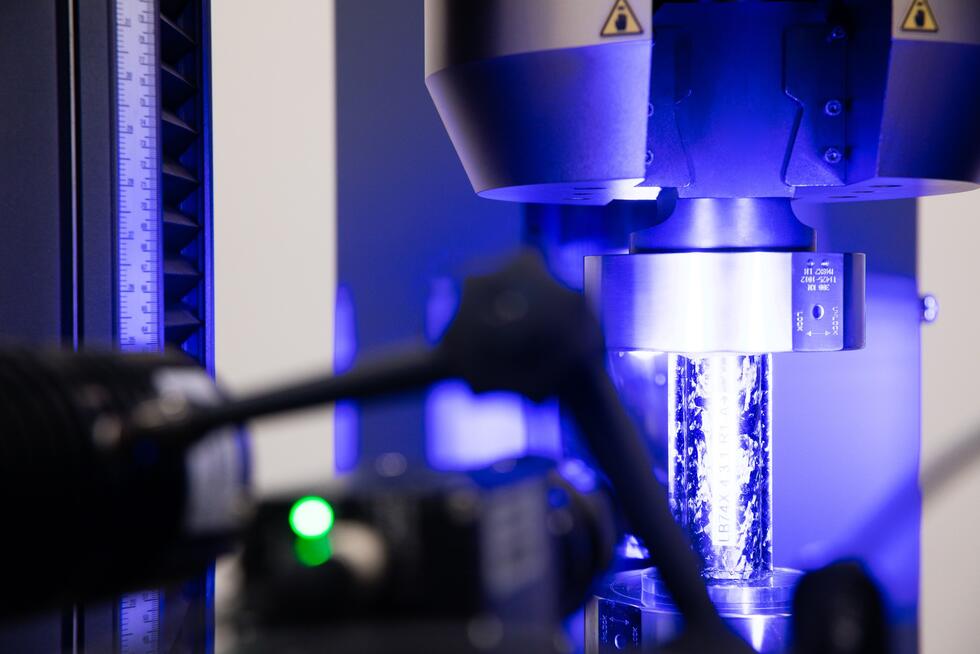
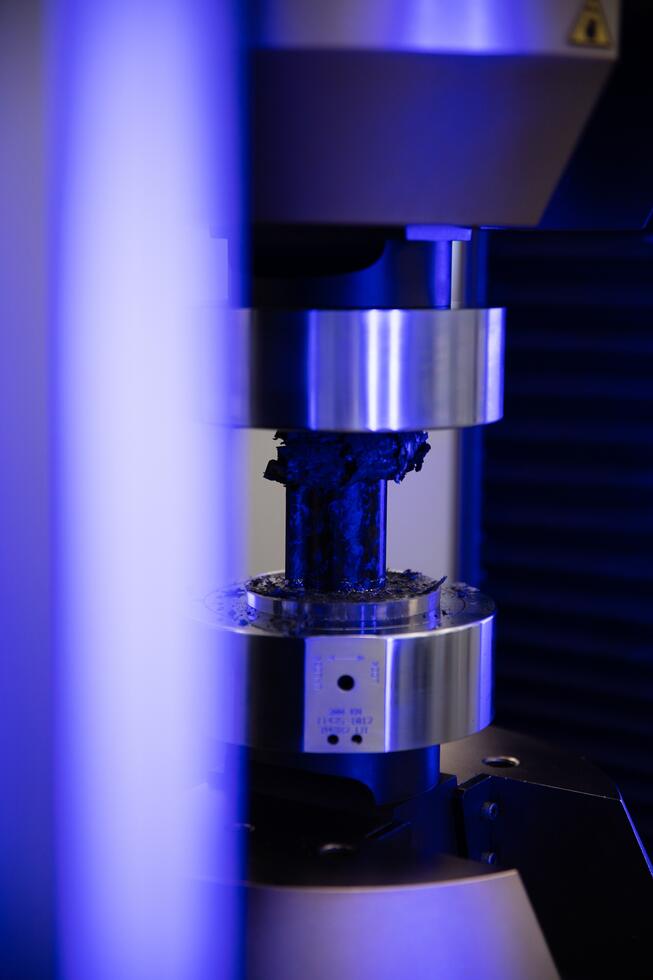
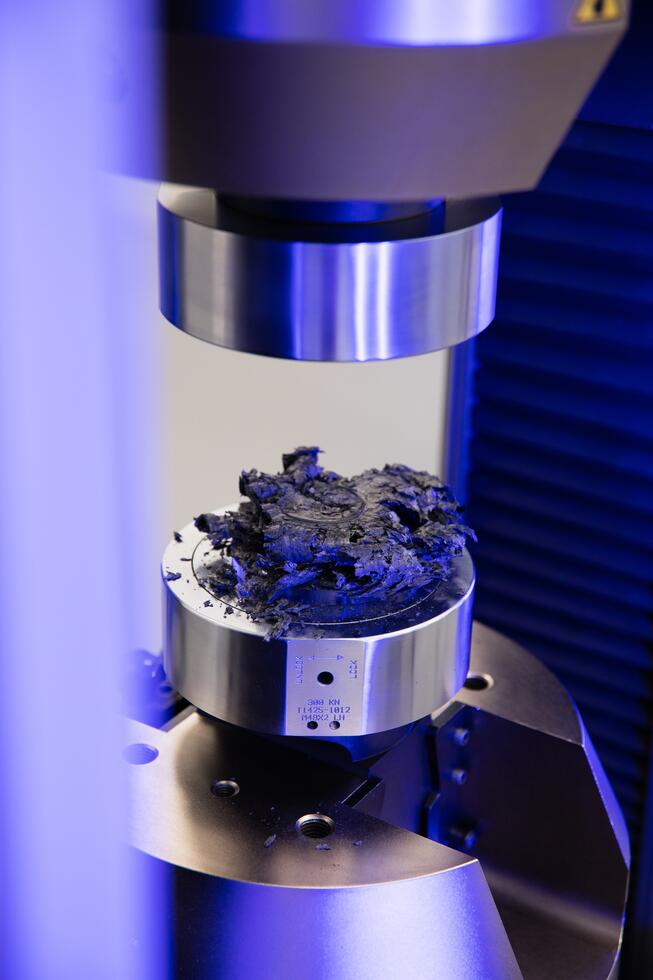
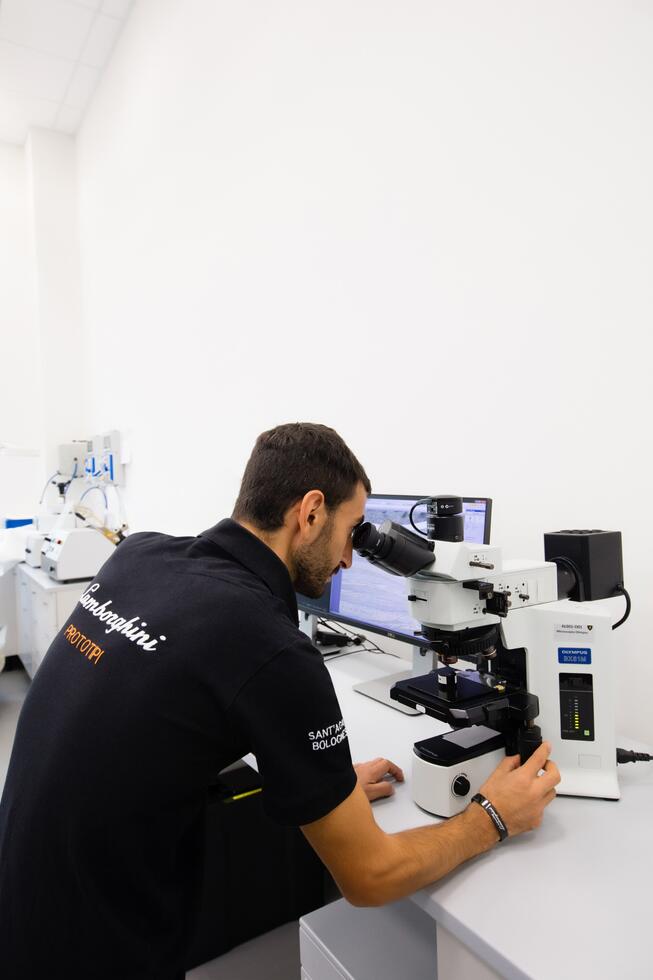
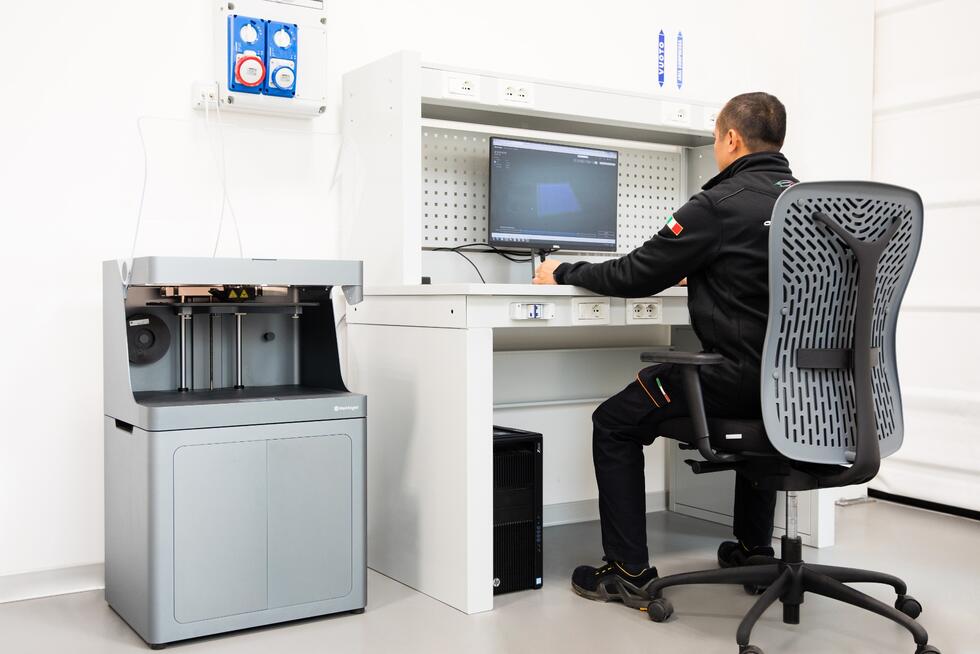
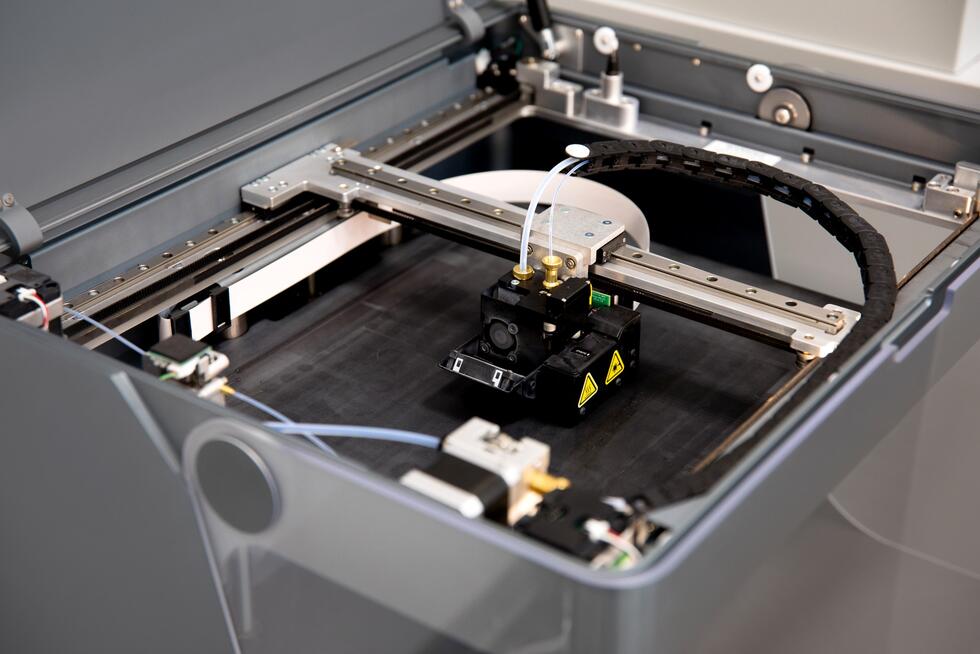
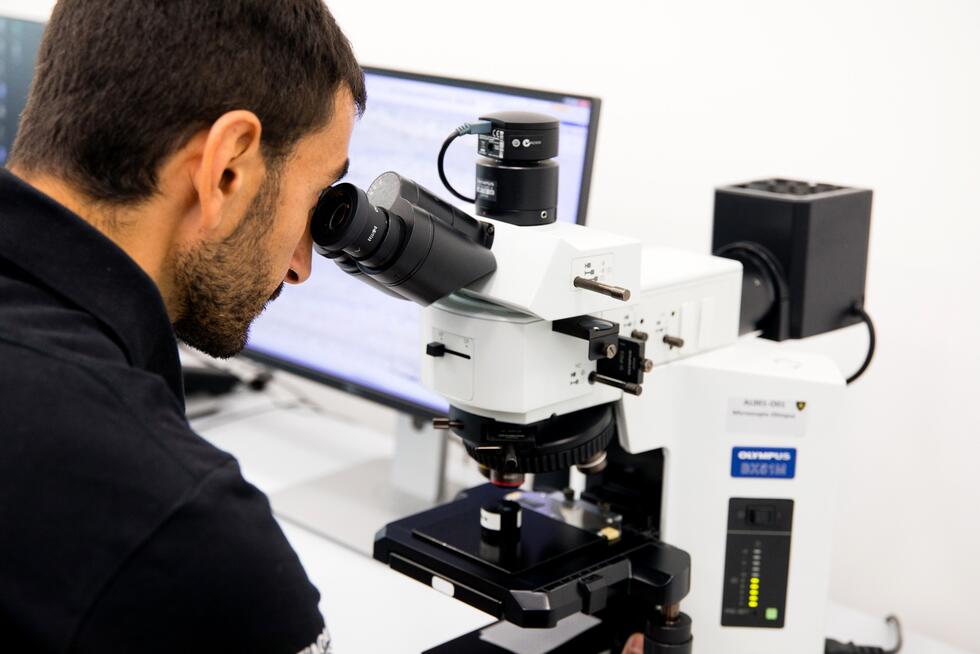

About the project
It all began in February 2017, when Riccardo Parenti, Head of Development at Automobili Lamborghini S.p.A., visited the Massachusetts Institute of Technology in Cambridge, near Boston. He was looking for better materials to build supercapacitors, which can store electrical energy more efficiently and with less weight than even the best Lithium-ion batteries. Professor Mircea Dincă (Department of Chemistry) and A. John Hart (Department of Mechanical Engineering) accepted the challenge; the joint research project, scheduled over four years, was officially announced in November 2017. Just two years later, in November 2019, Dincă and Lamborghini filed their first (not yet published) patent application for a novel storage material for electrical energy.
Written by: Juergen Schoenstein
Photos: Lamborghini







































































































